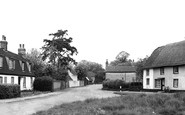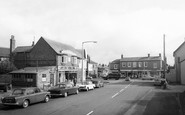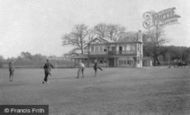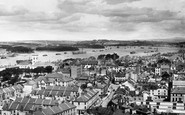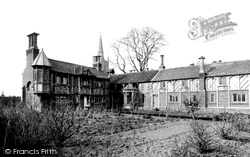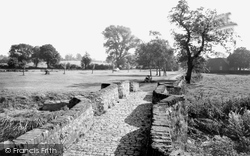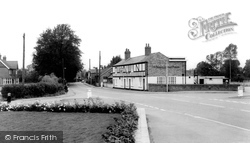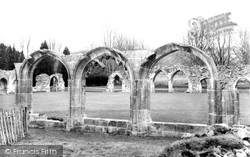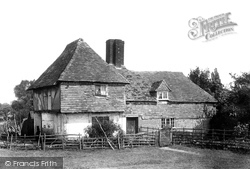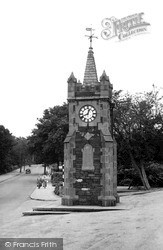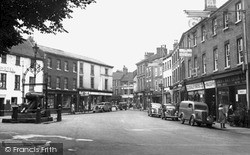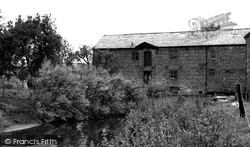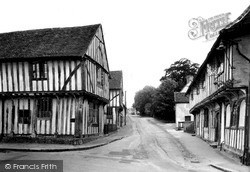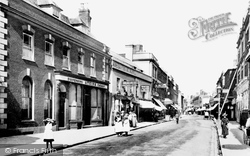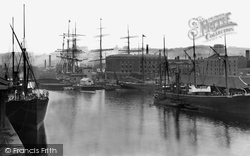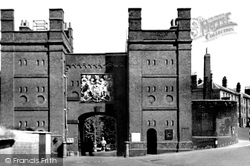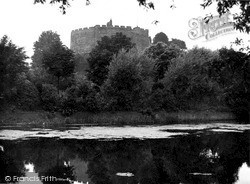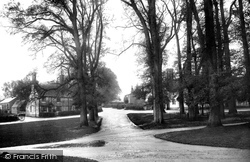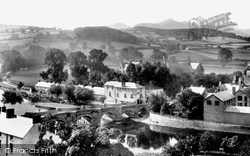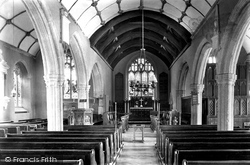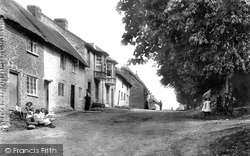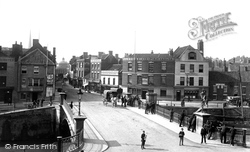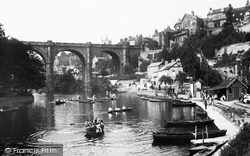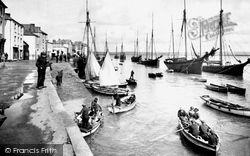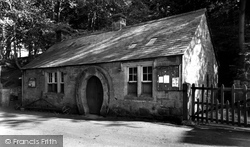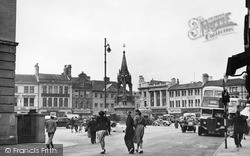Places
Sorry, no places were found that related to your search.
Photos
5 photos found. Showing results 921 to 5.
Maps
83 maps found.
Books
Sorry, no books were found that related to your search.
Memories
1,128 memories found. Showing results 461 to 470.
Tooting Forever
What a delight to find this site. It reminded me of so much. My grandparents did a moonlight flit from Bethnel Green, walking to Tooting with four boys, one girl and a pram carrying Gran's pride and joy, a mangle. Three weeks ...Read more
A memory of Tooting by
Pub Crown And Thistle Just Out Of View
I moved into the Crownd and Thistle about 1941 aged 4 and I left village in 1960. Arthur Benstead was landlord for many years. He and Muriel his wife retired just across the road to a house left by Mr ...Read more
A memory of Fulbourn in 1940 by
Fond Memories Of 1950s Goffs Oak
I was born in 1945 at the end of the Second World War at was then 3 Park Villas, Goff's Lane, the home of my grandmother, Alice Emma James. House renumbering during the 1950s resulted in the house becoming 393 ...Read more
A memory of Goff's Oak by
New Houses
I moved with my family to live in Heath Lane in early 1956, just at the end of the side road leading to the 'rec'. At that time, it was a country lane with high hedges and there were fields where Granville Drive now is. Reynolds ...Read more
A memory of Little Sutton by
My Visits To Dormanstown.
My mother came from Dormanstown and my grandparents, Ellen and James Mitchell, lived at 67, Broadway West. This was a Dorman-Long house as my grandfather and an uncle worked for the Dorman-Long Steel Works. I spent ...Read more
A memory of Dormanstown in 1950 by
The Blacksmiths On The Green
My Great Grandfather, James Bartlett, was a Blacksmith using the Smithy on the Green possibly in the 1880's or thereabouts. If there is anyone out there who may have photos or memories of this time I would much appreciate hearing about them. With thanks
A memory of Chiddingfold in 1880 by
Derby Home Guard/Derbyshire Golf Club House
Does anyone have any information about the Derby Home Guard 102 stationed at Markeaton Park during the latter part of WW2? I understand the Army used most of the buildings in the area, ...Read more
A memory of Mackworth in 1944
My Childhood 1942 1963
My family owned the Victorian pile that incorporated the chemist opposite the Iron Duke. I was born in 1942 at the house (if it's still there) that was built as a wedding present for my parents at the top of the property ...Read more
A memory of Crowthorne by
The Hamoaze, Not Hamvaze!
When I lived in Plymouth as a child in the 50s and 60s I went to a primary school at Keyham, part of Devonport. The bus would drop me off near Camel`s Head Creek, which was part of The Hamoaze. In those days the water ...Read more
A memory of Devonport by
Paradise
1969 wasn't my first visit to Blackwaterfoot, that was two years earlier, but it was probably the year I fell in love with the place. We stayed at The Rock Hotel, and I was 12 at the time. It was a small establishment, probably ...Read more
A memory of Blackwaterfoot in 1969 by
Captions
1,233 captions found. Showing results 1,105 to 1,128.
Beyond is the crocketted spire of the church, which also received the Gregory Treatment: it is very much over-restored.
On the south-east side of the village the five-arch stone bridge, perhaps of the 16th century, steps quietly across the very reedy Rotherby Brook.
The fake timber framing is ill considered and out of place, while the rear extension leaves much to be desired. The village along Main Street possesses no outstanding architecture.
These ruined windows and arches are the remains of the cloisters. Situated in the north-west Cotswolds, Hailes Abbey was founded in 1246.
This is a 16th-century building par excellence, much altered and added to down the centuries; it is timbered, tile hung and jettied, and bears a cluster of tall chimneys.
The fake timber framing is ill considered and out of place, while the rear extension leaves much to be desired. The village along Main Street possesses no outstanding architecture.
It was erected in 1907 as a memorial to M J B Baddeley, whose guide books were greatly esteemed at that time and for much of the earlier part of the 20th century.
Much of the distant area is now pedestrianised.
Miss Billenge, who then ran the mill, always kept the wheels turning to provide the power, although at times lights would flicker throughout the village if too much power was being used at any one
On the right are Tudor Shops, a high quality Tudor range, with arched shop windows on the ground floor, restored between 1978 and 1981.
Although spoiled by modern development, the tangle of streets around the old town is worth exploring and there is still much fine Georgian and Victorian architecture to be seen.
This meant that once again Bristol could compete for trade; throughout much of the 19th century it had lost business owing to high dock charges levied by the money-grabbing dock company.
The almost intimidating main gate in Dock Road was built in 1719; the Royal arms in coloured relief above the main arch are those of George III, added in 1811.
By the mid 16th century much of the castle was in ruins, though some construction work was done at this time, including the superb banqueting hall.The castle was sold to the corporation in 1897 by
These have gone and there are much more modest trees in their place. The village is a mix of 17th-century timber-framed cottages, and 1820s and 1840s to 1850s Bedford Estate cottages.
In the foreground is the multi-arched bridge across the River Honddu, which lends its name to Brecon's Welsh designation – Aberhonddu.
Beyond is the crocketted spire of the church, which also received the Gregory Treatment: it is very much over-restored.
Much of the church is 15th-century, restored in the 1860s. Wall plaster has since been removed to reveal bare stonework. There is a Charles I letter over the north door.
Under the spreading chestnut trees of St Mary`s churchyard, and on the opposite side of the village street, the photographer`s activities generate much interest from a mixed audience of both children
Since 1890, there has been much change here; on the left hand side are nasty 1960s rebuilds, and several others have been rebuilt on the right.
The waters glide under the noble railway viaduct with its lofty arches and embattled parapet.
Wicker baskets carried by the ladies (in the right-hand rowing boat) were very much a feature of life until quite recent times.
The par- ish, which included Etal, Kimmerston, Hetherslaw and Crookham, suffered much during the wars with Scotland.
It is a town with sprawling suburbs and a centre marred by ring roads and the enormous Four Seasons Shopping Centre (1972-76), which demolished much of the northern part of the old town.
Places (0)
Photos (5)
Memories (1128)
Books (0)
Maps (83)

